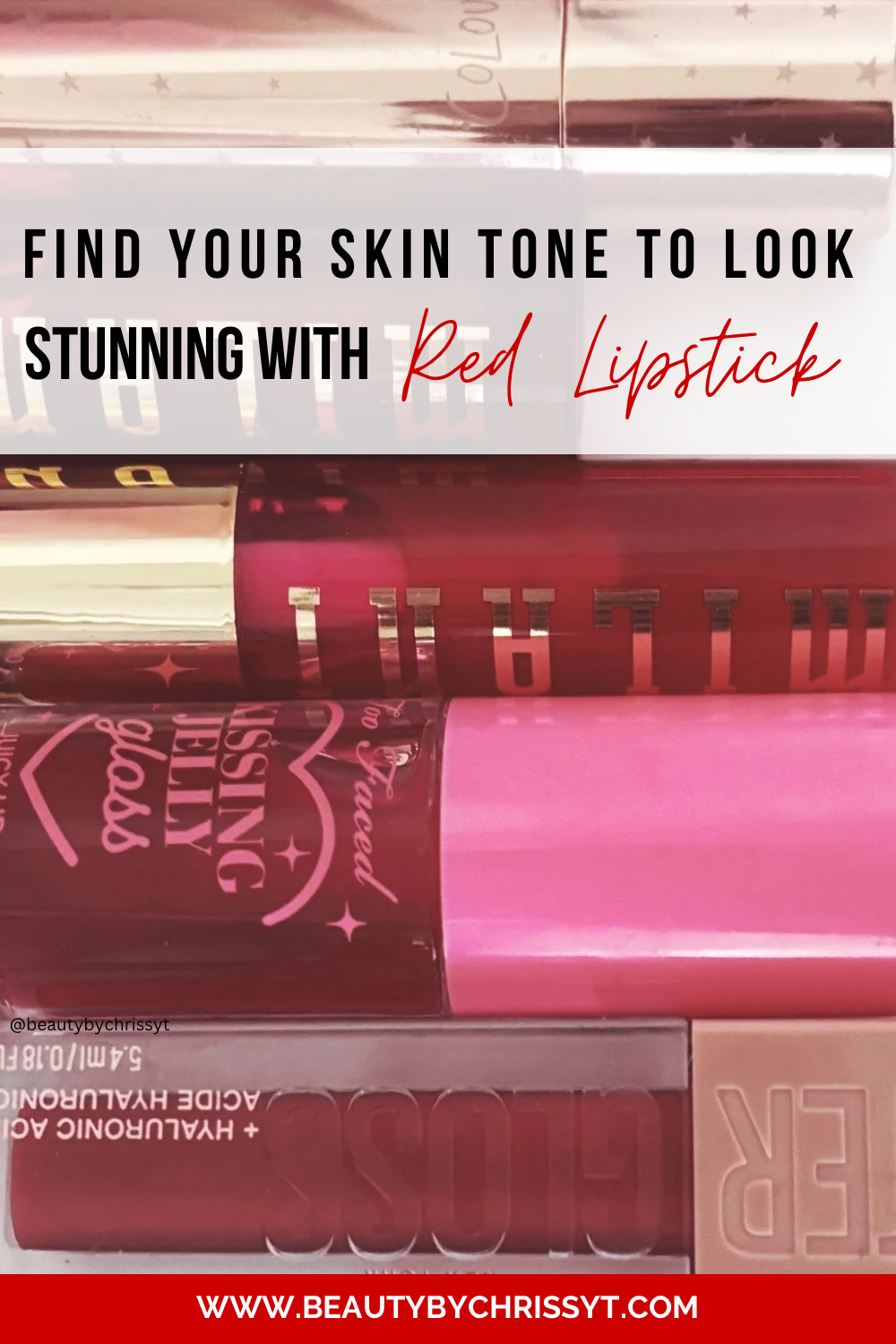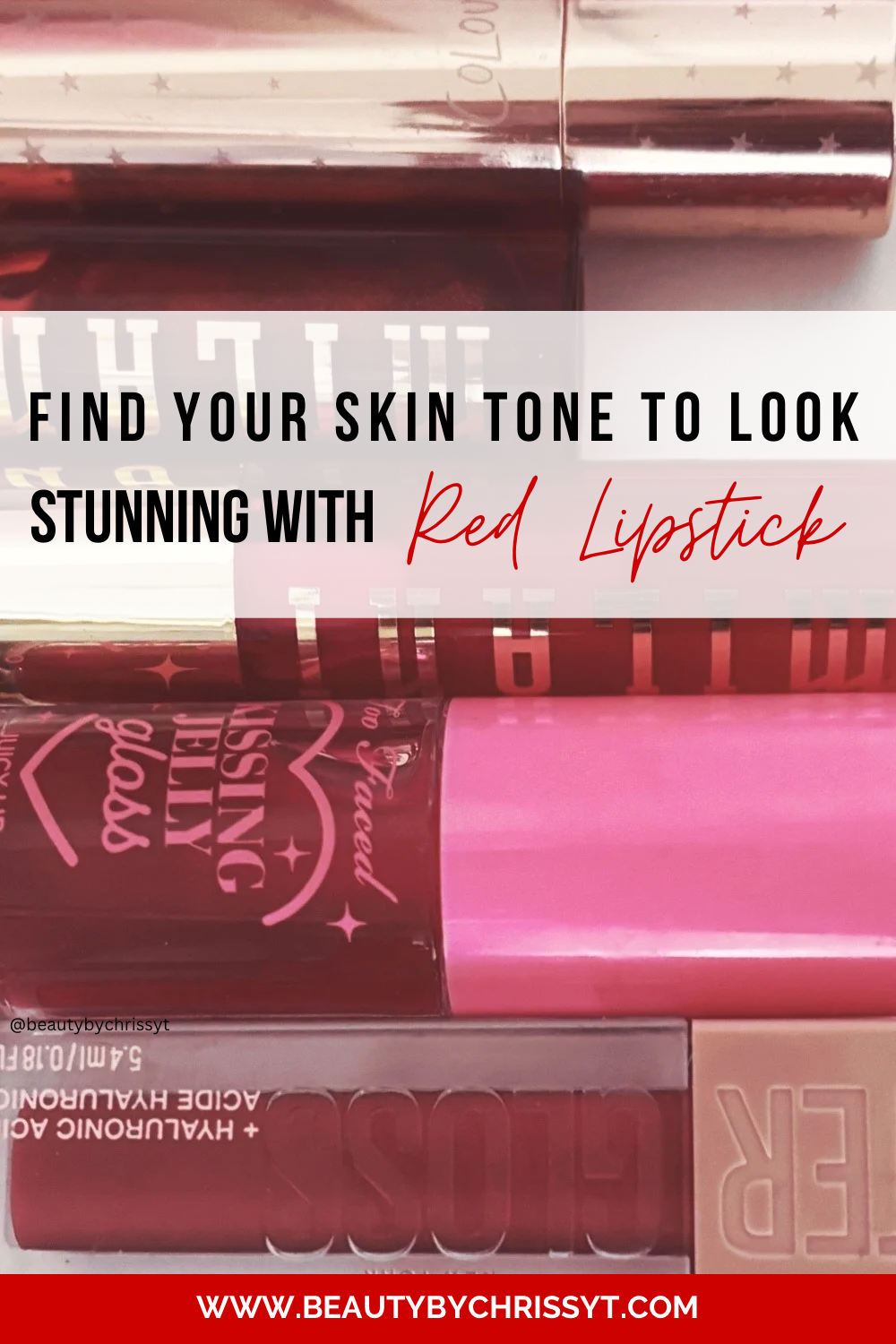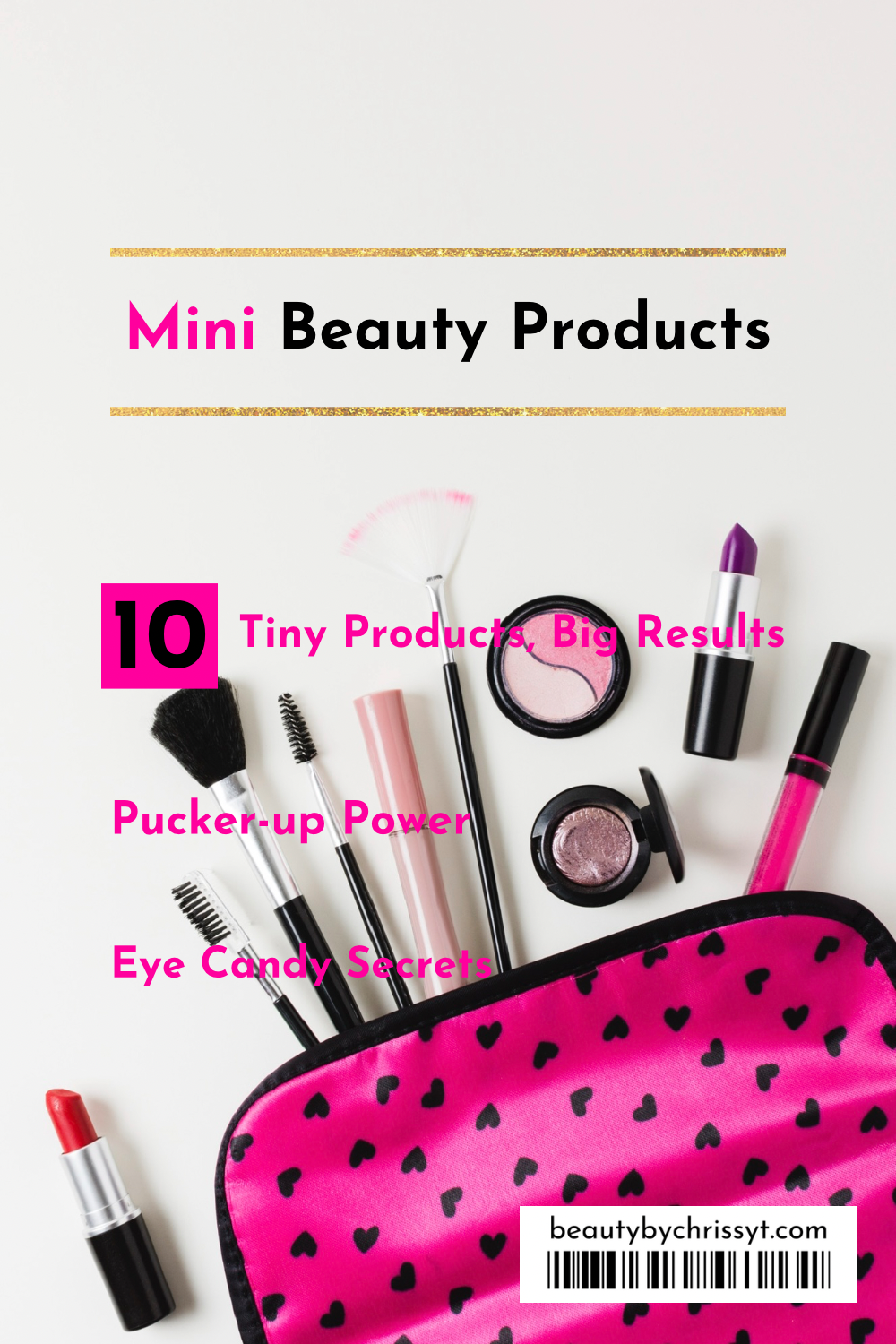As an affiliate I earn from qualifying purchases.

Understanding your skin tone and undertone is important when choosing makeup products like lipstick. Skin tone refers to the surface color of the skin, which can be categorized into fair, medium, or deep. Undertones, are the hues that come through the skin, and can be warm, cool, or neutral. Knowing your undertone is required in finding the right lipstick shade that complements your natural complexion, and emphasize your look. By identifying whether you have warm, cool, or neutral undertones, you can choose red lipstick colors that will go together with your skin, making your look stand out.
To find your skin tone, start by looking at your veins under natural light. If your veins are blue or purple, you have cool undertones, and if they appear green your undertones are warm. If you have neutral undertones it can be hard to distinguishing between blue and green. Another way is to hold up a piece of silver and gold jewelry to your skin. If silver complements your skin more, you likely have cool undertones. If gold looks better, warm undertones are more dominant. Neutral undertones can wear both metals well. By understanding your skin tone, you can select the perfect red lipstick shade that will highlight your appearance.

Choosing the right shade of red lipstick can really make a difference in your look. When it comes to picking red lipstick for different skin tones, it’s important to think about the undertones of your skin. If you have fair skin, blue-based reds can create a classic contrast. People with medium skin tones can go for red lipsticks with warm undertones like orange or coral to complement their skin. Deep reds with burgundy or brown undertones are best for beauty lovers with darker skin tones, because it can create a bold and strong statement. You need to experiment with different shades to find the perfect red lipstick that will look good.
You need to pick a red lipstick that matches your skin tone to get a perfect look. Knowing if your skin leans towards warm, cool, or neutral undertones can make a big difference in finding the perfect red shade for you. If you have warm undertones, go for red lipsticks with orange or golden undertones to match your complexion. Cool undertones go well with blue-toned red lipsticks, while neutral undertones can wear different colors of red shades. Pay attention to your undertones, so you can make sure that your red lipstick for your skin.

Conclusion
Your skin tone and undertones anre important to know when you pick makeup products that make your natural complexion look good. By finding out whether you have warm, cool, or neutral undertones, you can stand out with a flowing look. Experimenting with different colors of lipstick, such as red, made to your specific skin tone—whether light, medium, or dark—can enhance your appearance. Learning about your complexion, and learning how to work with it will help you feel confident.
FAQ
Are there any online tools or resources that can help you identify your skin tone for choosing red lipstick?
There’s definitely online tools available such as skin tone quizzes, color analysis websites, and virtual try-on tools offered by makeup brands that can help identify your skin tone and match suitable shades of red lipstick. These tools look at factors like undertones, natural coloring, and complexion to provide personalized recommendations for choosing the perfect red lipstick.
Are there specific red lipstick shades that work best for different skin tones?
For fair skin tones, blue-based reds are flattering. Medium skin tones look good in true reds with a hint of orange. Darker skin tones look good with rich, deep reds like brick or burgundy. It’s important to think about undertones too. Cool undertones complement blue-based reds, while warm undertones pair well with orange-based reds. Basically, the best shade of red lipstick will depend on your individual skin tone and undertones.
Amazon and the Amazon logo are trademarks of Amazon.com, Inc, or its affiliates.




